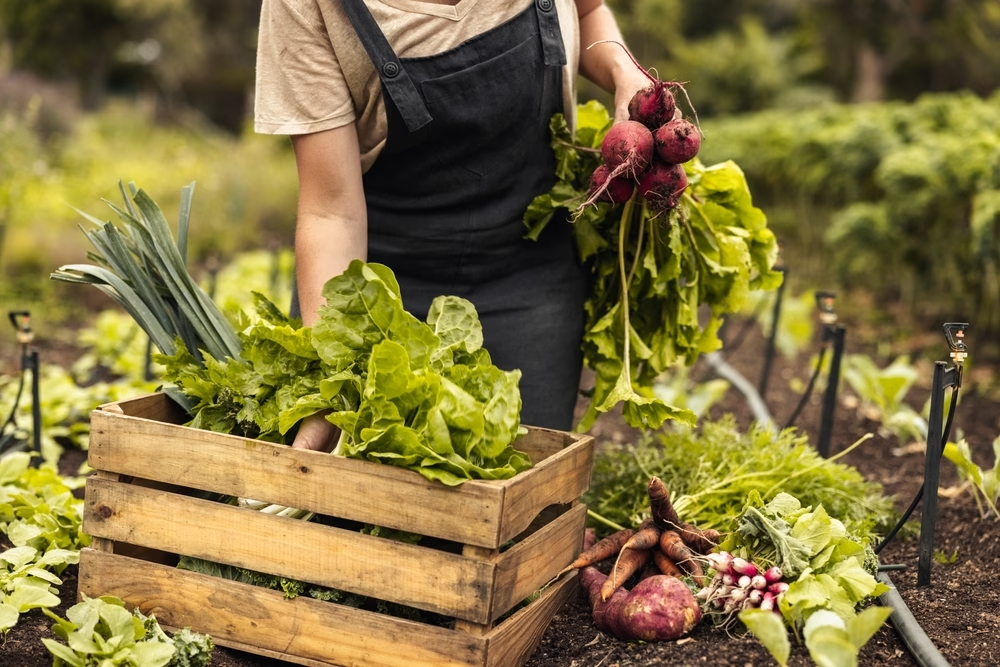Restaurant owners and chefs across Australia are facing continued financial pressure as food inflation remains stubbornly high, with the latest Consumer Price Index data showing food and non-alcoholic beverages rising 3.0% annually to June 2025.
While headline inflation cooled to 2.1% – the lowest annual inflation rate since March 2021 – the food sector continues to experience elevated price growth that is outpacing the broader economy, creating ongoing challenges for hospitality businesses already operating on thin margins.
The Australian Bureau of Statistics data released this week shows food prices rose 1.0% in the June quarter alone, driven primarily by a 4.3% spike in fruit and vegetable costs.
For restaurant operators, this translates to higher procurement costs for staple ingredients, including those called out in the data – strawberries, blueberries, grapes, tomatoes and cucumbers – noting that reduced supply is typical during winter and follows seasonal patterns.
The pain extends beyond fresh produce. Coffee shops and cafes are grappling with a 9.4% annual increase in coffee, tea and cocoa prices, attributed to lower supply from major overseas growing regions. Meanwhile, egg prices have surged 19.1% over the past year as bird flu outbreaks continue to disrupt supply chains.
For restaurant operators, these input cost pressures come at a time when many are still recovering from pandemic-related losses and face increasing competition for both customers and staff. The persistent food inflation – running at 3% annually compared to the overall CPI of 2.1% – means menu prices may need to continue rising to maintain profitability.
The quarterly food price increase of 1.0% represents a slight easing from previous quarters. Still, industry experts warn ongoing supply chain vulnerabilities could see costs remain elevated through the remainder of 2025.
While consumers benefited from a 3.4% fall in automotive fuel prices during the quarter, helping to ease overall cost-of-living pressures, the hospitality sector continues to navigate the dual challenge of rising input costs and price-sensitive customers.
The broader inflation picture showed encouraging signs, with the Consumer Price Index rising 0.7% in the June quarter, down from 0.9% in March. Annual inflation of 2.1% marked a significant improvement from the 2.4% recorded in the previous quarter, bringing the rate within the Reserve Bank of Australia’s target range.







